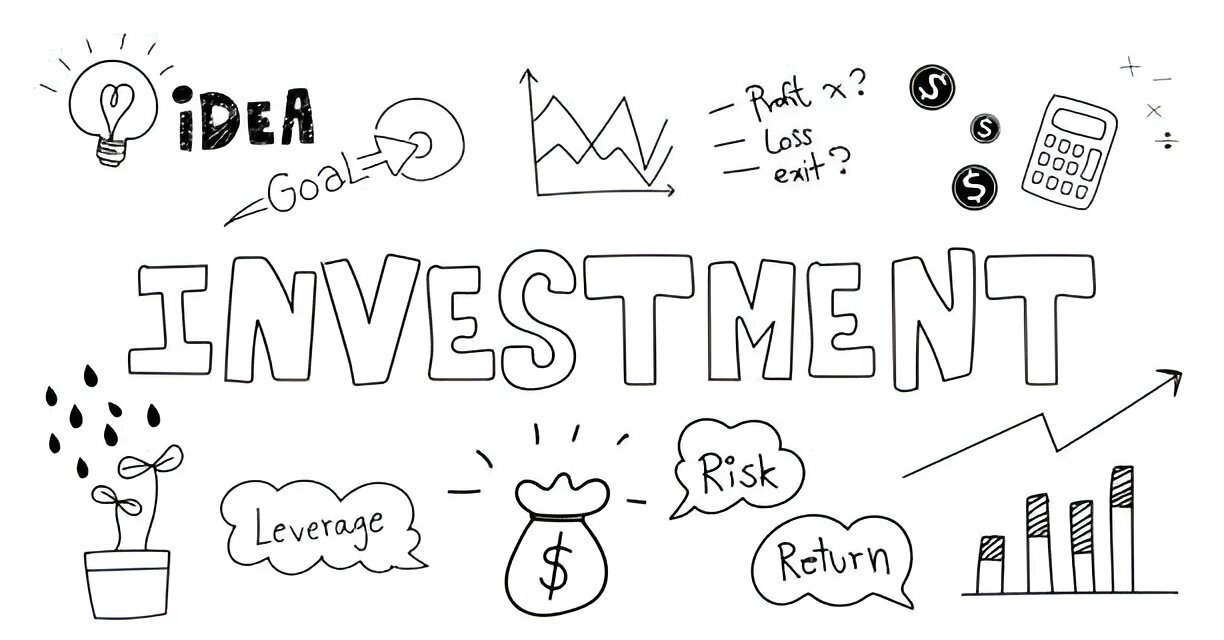Introduction
Managing your money effectively is the first step toward financial freedom. In today’s fast‐paced world, keeping track of your income and expenses can feel overwhelming. Our Budget Planner Tool is designed to simplify this process, empowering you to take control of your finances. In this article, we’ll dive deep into the benefits, features, and best practices for using our budget planner so you can master your money management skills.
Understanding the Importance of Budgeting
Budgeting isn’t just about tracking expenses—it’s about setting clear financial goals and establishing a realistic plan to achieve them. When you budget well, you can:
- Reduce Financial Stress: Know exactly where your money is going each month.
- Prioritize Spending: Allocate funds toward essentials and savings while curbing unnecessary expenses.
- Plan for the Future: Prepare for unexpected expenses and long‐term goals like buying a home or retirement.
Features of Our Budget Planner Tool
Our tool is designed with user experience in mind, offering several features to help you stay on top of your finances:
- Easy Data Entry: Quickly input your income and expenses.
- Customizable Categories: Organize spending into categories such as groceries, utilities, and leisure.
- Visual Analytics: Use graphs and charts to visualize spending patterns over time.
- Goal Setting: Define short‐ and long‐term savings targets and track your progress.
- Mobile Compatibility: Access your budget on the go from any device.
Step-by-Step Guide to Using the Budget Planner
- Getting Started:
- Visit our Budget Planner Tool page and register or log in.
- Website: our Budget Planner Tool page
- Familiarize yourself with the dashboard, which displays an overview of your finances.
- Entering Your Data:
- Input your monthly income and fixed expenses (rent, utilities, subscriptions).
- Record variable expenses such as groceries, dining out, and entertainment.
- Use the customizable fields to track irregular or seasonal costs.
- Organizing Your Budget:
- Categorize each expense so you can see where the majority of your funds are allocated.
- Adjust category limits based on your spending habits and financial goals.
- Analyzing Your Spending:
- Use built-in charts to review your monthly and yearly spending trends.
- Identify areas where you might cut back to save more effectively.
- Setting and Tracking Goals:
- Define specific financial goals (e.g., saving for a vacation or emergency fund).
- Monitor your progress using the tool’s goal‐tracking feature, and receive notifications when you’re on track—or off track.
Tips and Best Practices
- Review Regularly: Set aside time each week to update your budget and review spending.
- Be Honest: Record every expense, no matter how small, to get an accurate picture of your finances.
- Adjust When Needed: Life changes. Update your income or expense categories as your circumstances evolve.
- Leverage Automation: Use recurring entries for fixed expenses to save time.
- Use Visuals: Charts and graphs not only simplify data but also highlight trends that might be missed in raw numbers.
Real-life Example
Consider Sarah, a working professional who struggled to save money each month. By using our Budget Planner Tool, she categorized her spending, identified unnecessary expenses, and set realistic savings goals. Within six months, Sarah increased her savings by 25% and gained confidence in her financial decisions.
Conclusion
Budgeting is the cornerstone of sound financial management. By using our Budget Planner Tool, you can demystify your expenses, set achievable goals, and create a roadmap to financial freedom. Start today—take control of your finances and make your money work for you.













Loading comments...
Leave a Comment(Login required)